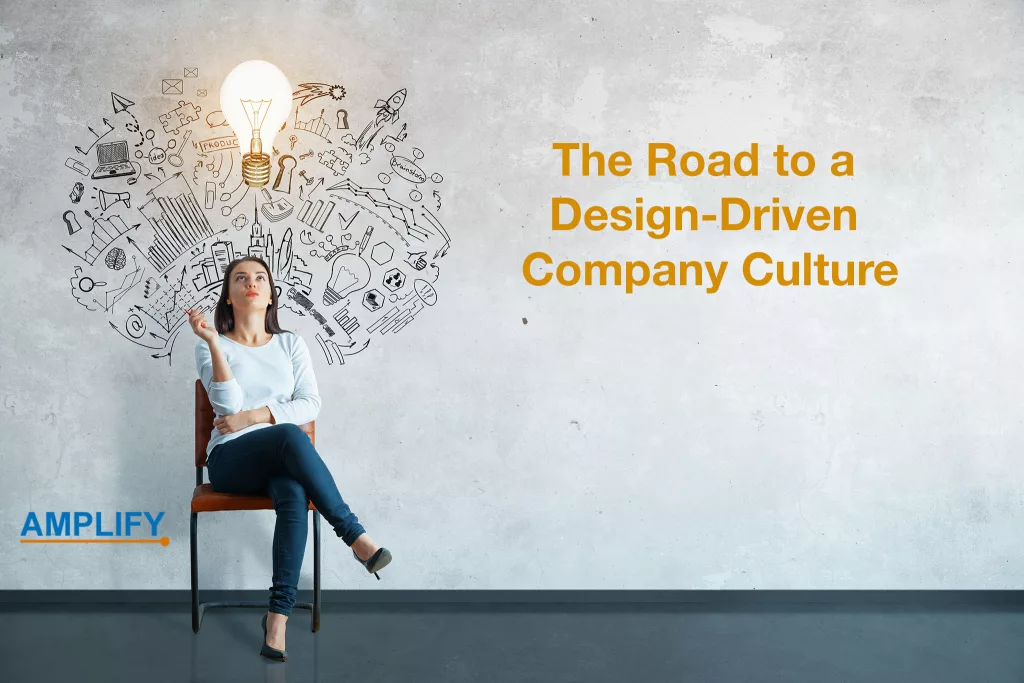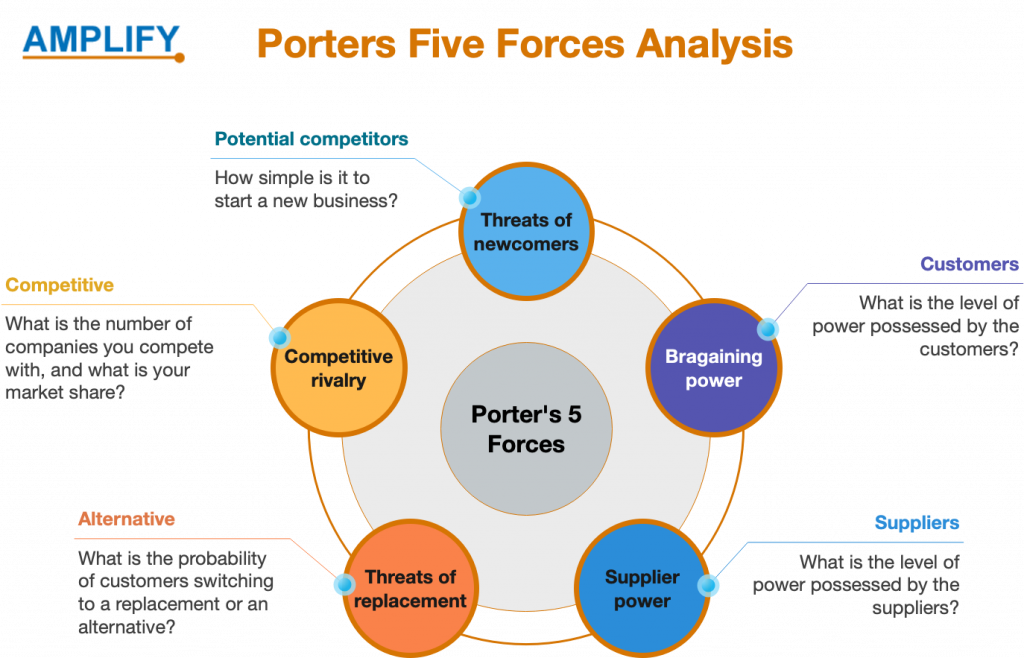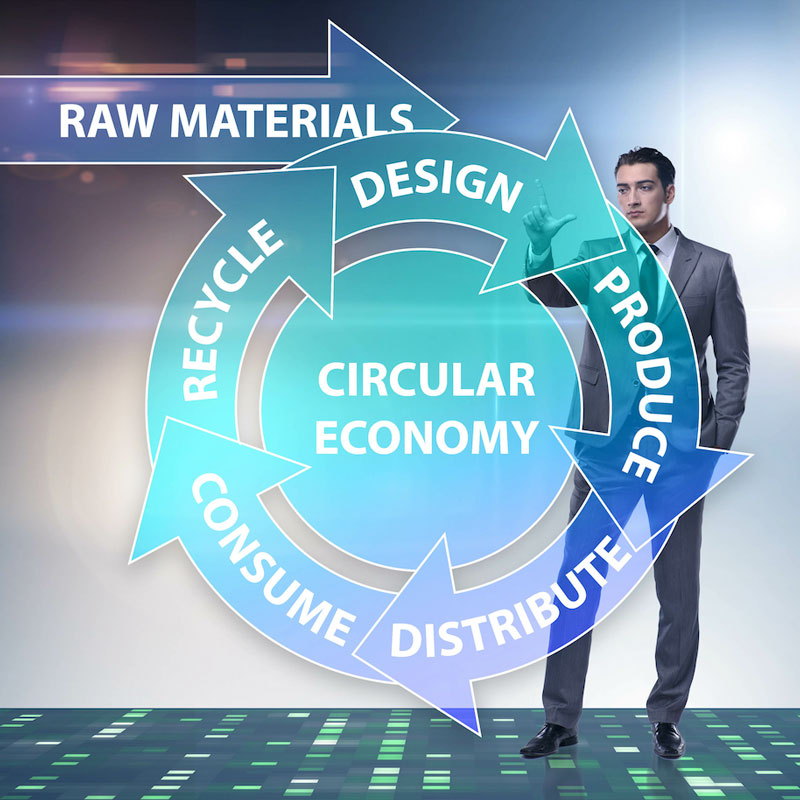Design Thinking: The Road to a Design-Driven Company Culture
Success in business today goes beyond product development. It involves fostering empathy and purpose. Design thinking puts customers, employees, and the planet at the core of problem-solving.
Redefining Design in the Business World
Gone are the days when ‘design’ meant just aesthetics, like luxury handbags or art books. Today, it’s synonymous with business innovation. Design and design thinking are increasingly vital in the business sphere. They represent more than mere appearance; they’re about revolutionary problem-solving.
The Evolution of Design Thinking
Traditionally, design emphasized visual appeal. Now, it’s a holistic concept that shapes how businesses tackle challenges. Design thinking is no longer just about looks; it’s about adapting to change for maximum impact. It’s a journey towards innovative solutions, guiding businesses to success.
Design Thinking: A Methodology for Complex Problems
McKinsey partner Jennifer Kilian defines design thinking as a methodology for complex problem solving. It combines systemic reasoning with intuition, envisioning ideal future states. Design thinking is a competitive edge, ensuring customer loyalty and business wins.
The Business Case for Good Design

Kilian’s insights are data-backed. McKinsey Design’s 2018 report shows top design performers doubling their revenue compared to peers. Over a decade, design-led companies outperformed the S&P 500 by a staggering 219 percent. Good design isn’t just aesthetics; it’s smart business.
The Practice and Theory of Design Thinking
Design thinking transcends visual appeal. It’s about redefining product development, services, and organizational structure. Embracing design thinking means fundamentally altering your business approach for the better.
Understanding design thinking requires more than appreciating its visual aspect. It involves a fundamental shift in business processes and mindset. It’s not just about creating a design department; it’s about embedding design thinking in every business aspect.
The Essence of Design Thinking in Business Culture
Building a design-driven company culture is more than creating products. It involves empathy and a purpose-centered approach. Design thinking places customers, employees, and the planet at the heart of problem-solving.
Understanding Your Audience: A Design-Driven Imperative

Design-driven companies delve deep into understanding customer and employee desires. They employ cultural anthropologists and ethnographers to grasp customer interactions and motivations.
Design at the Executive Level
Integrating design thinking at the executive level is crucial. This role, whether a Chief Design Officer or similar, advocates for customers and employees. It brings a holistic view of people, the planet, and the company’s purpose to strategic decisions.
Sephora’s Design Thinking Approach
Sephora exemplifies this approach. Observing customers’ online behaviors, they created demonstration videos. This strategy kept shoppers engaged, boosting sales.
Instagram’s Agile Design Strategy
Instagram’s initial launch in 2010 and subsequent rapid growth exemplify this. They quickly identified and focused on popular features, resulting in significant user growth without strategic promotion.
Real-Time Design and Business Strategy
Organizations should adopt a design-thinking model that intertwines design, business strategy, and technology. This approach enables leaders to identify trends, co-create solutions, and establish effective governance models. Agility is vital in design-driven cultures. Releasing products quickly and iterating based on feedback is essential. This approach acknowledges that design is an ongoing process, adaptable to changing needs.
User-Centered Design vs. Design Thinking
Both user-centered design and design thinking are design-led and focus on understanding users. However, design thinking has a broader scope, addressing complex problems across industries or society.
The Shift Towards Purpose and Simplicity
Today’s users seek a dynamic mix of product and service, emphasizing purpose and ease of use. Industries like telecommunications and automotive are successfully merging products and services for a unified customer experience. Design thinking redefines company culture, focusing on empathy and purpose. It’s a strategic choice for businesses aiming for innovation and success. Is your business prepared to embrace this transformation?
Understanding the Design-Thinking Process
Design thinking is more than a creative process; it’s a strategy for business growth and sustainability. McKinsey’s analysis proves its value over conventional methods. It leads to products that are not just sustainable but resilient too.
According to McKinsey’s Design Practice, design thinking involves two crucial steps. The first is developing a deep understanding of behaviors and future needs. This is best achieved through direct engagement with people. The second step, “Concepting,” involves sketching ideas, prototyping rapidly, and refining through feedback. As Linus Pauling said, the key is to generate many ideas and keep the best.
Evolving from Design-to-Value (DTV) to Design for Value and Growth (D4VG)
The traditional Design-to-Value (DTV) model focused on low-cost, competitive features. It was a data-driven breakthrough in product design. Now, DTV has evolved into Design for Value and Growth (D4VG). This new approach aims to create products that not only provide value but also drive growth and customer loyalty.
D4VG may initially involve higher costs, however, it ultimately leads to greater margins. This approach is deeply rooted in a clear understanding of brand attributes, alongside customer motivations, and is firmly anchored in design thinking principles. Consequently, these products effectively turn users into loyal fans by seamlessly combining form, functionality, and providing exceptional experiences.
Design for Sustainability (DFS): A New Imperative
The shift towards sustainability has brought design processes into focus. Although carbon-efficient production can be complex, Design for Sustainability (DFS) at the R&D stage can reduce inefficiencies. For example, the automotive industry’s shift to electric vehicles highlights the need for more sustainable production methods.
To implement DFS effectively, companies should focus on three areas during R&D. Firstly, rethinking resource use in products to meet regulatory changes and circularity principles. Secondly, understanding and tracking the emissions and cost impacts of design decisions. Lastly, fostering mindsets and capabilities to integrate sustainability into every design decision.
The Practical Impact of Design Thinking
Understanding design thinking’s theory is one thing; witnessing its real-world application is another. We explore how it has created value across various sectors.
Revolutionizing Air Traffic Control at Stockholm’s Arlanda Airport
Stockholm’s Arlanda Airport embraced design thinking to tackle air-traffic-control challenges. Their primary objective was to achieve safer and more efficient air traffic management. Through empathizing with air-traffic controllers and continuously iterating solutions, they developed an innovative departure-sequencing tool. Significantly, this advancement not only enhanced job performance but also led to a reduction in fuel consumption, thereby exemplifying the impactful capabilities of design thinking
Tesla: Redefining Electric Vehicle Experience
Tesla’s approach to electric vehicles illustrates design thinking’s influence. The company focuses on both aesthetics and the overall driving experience. This holistic view has reshaped how electric vehicles are perceived and experienced.
The Consumer Electronics Industry’s Evolution Through Design Thinking
The consumer electronics industry exemplifies design thinking’s transformative impact. Since the iPhone’s introduction in 2007, Apple has consistently adapted its designs. Each new iPhone generation brings additional features, attracts new customers, and lowers costs. This progression is a testament to design-led value creation.
Is Your Industry Ready for a Design Thinking Revolution?
These examples demonstrate design thinking’s potential to transform industries. It enhances efficiency and user experience, creating value for customers and companies alike. Is your industry next to embrace this innovative approach?



















